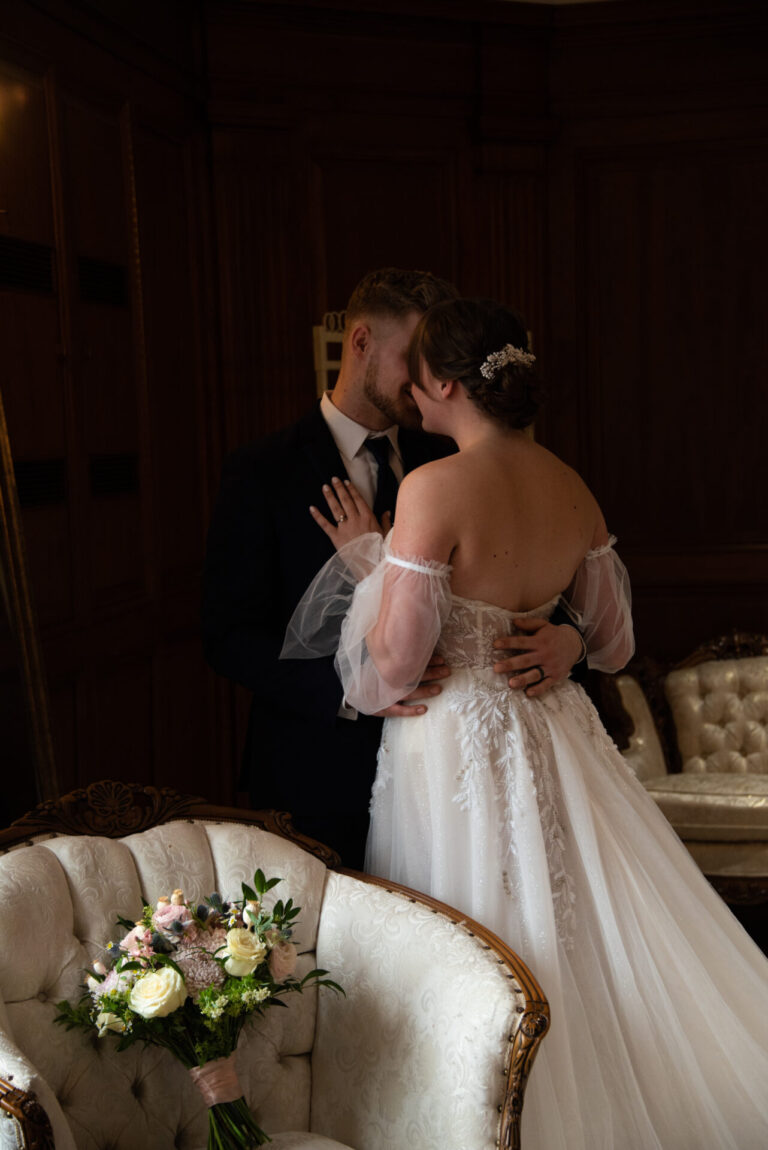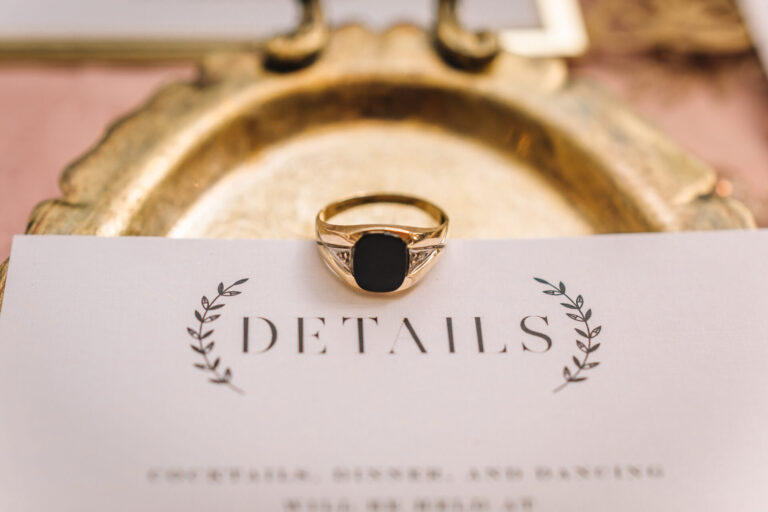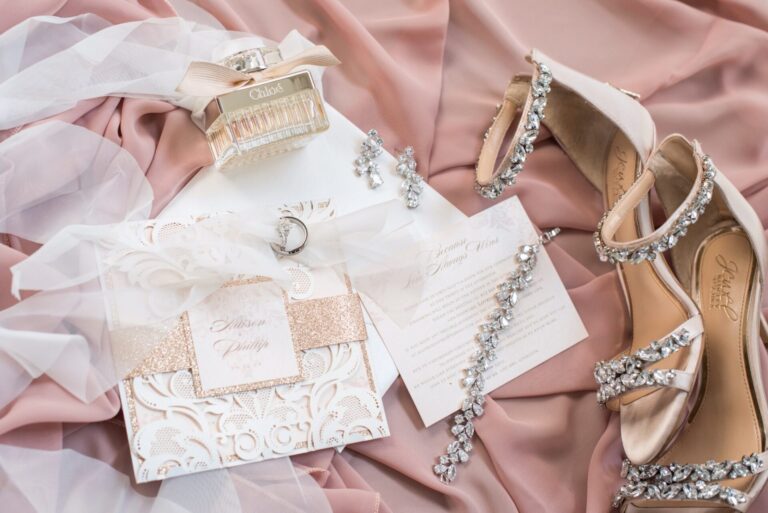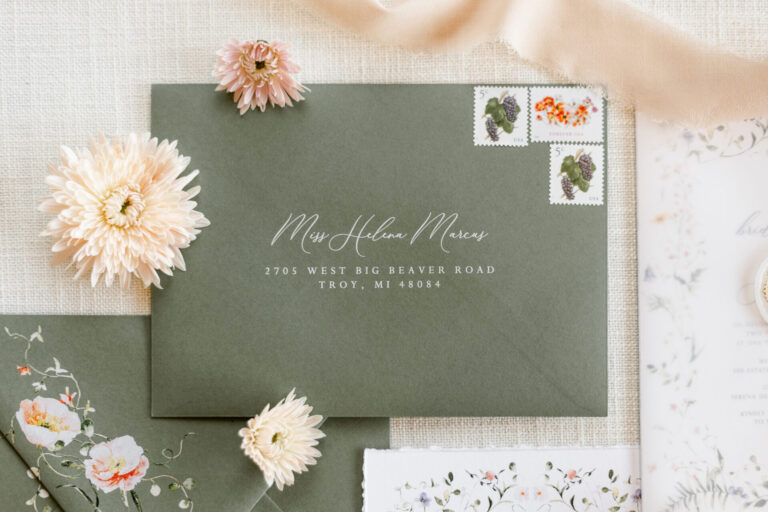How to Proof Your Wedding Invitations: Avoiding Common Mistakes and Ensuring Elegance
Your wedding invitations set the tone for your big day, making accuracy and elegance essential. Proofing your invitations carefully will help you avoid costly reprints, confusion among guests, and last-minute stress. Here’s an in-depth guide on how to proof wedding invitations, covering everything from etiquette rules to double-checking critical details.
Verify All Key Details
Start by confirming the spelling of names, date, time, and venue location. Ensuring the accuracy of these details is the foundation of a polished invitation.
Traditional Etiquette: Whose Name Comes First?
In formal invitations, etiquette usually places the bride’s name first, especially in religious or traditional settings. When both parents are listed as hosts, last names for the couple may be omitted. Knowing these small details can be crucial in understanding how to proof wedding stationery effectively.
Confirm the Wedding Date and Day
Check that your wedding date is fully accurate, including the month, day, year, and day of the week. For formal invitations, dates should be written out in full for a timeless look. For example, “Saturday, the twenty-third of September, two thousand twenty-four.” Avoid numbers, and capitalize only the day of the week and month to maintain traditional styling.
Ensure Correct Titles and Honorifics
Titles and honorifics are an important element, especially in formal invitations. Double-check that everyone listed, such as parents and key individuals, has the proper title. For example, “Mr. and Mrs. John Doe” is standard for married couples, while separated or divorced parents should be listed on separate lines.
Double-Check Ceremony and Reception Times
Proofing the times for your ceremony and reception is essential. For formal invitations, spell out the time fully, as in “At five o’clock in the evening.” Consider adding 15 minutes to the start time to account for late arrivals, ensuring that guests arrive before the ceremony actually begins.
Keep Consistent Wording and Spacing
Consistency in your wording and spacing creates a cohesive look across the invitation suite. This includes using the same style for all numbers, spacing elements evenly, and following the same format for headers and details. For example, if you’re using traditional rules, keep all numbers written out and apply a similar style to all parts of the invitation suite.
Choosing the Right Wording for Venue Type
For ceremonies held at religious venues, the phrase “the honor of your presence” is traditionally used, while “the pleasure of your company” is suitable for other locations. Making sure the tone aligns with your venue helps create a polished invitation that respects traditional etiquette.
British vs. American Spelling: Stay Consistent
When using British spellings like “honour” or “favour” for a formal touch, be sure to apply them consistently throughout the invitation suite. This small detail can elevate the sophistication of your invitations, especially for formal or vintage-themed weddings.
The Use of “And” or “To” in Formal Invitations
In formal invitations, choosing between “and” or “to” depends on the ceremony’s nature. Use “and” between the bride and groom’s names if they are hosting, while “to” is traditionally used in religious settings, such as “Jane Doe to John Smith.”
Verify Addresses and Locations
Double-checking addresses is one of the most critical parts of wedding invitation proofreading. Make sure the venue address, city, and state are correct, though formal invitations often omit the zip code. Use tools like Google Maps to verify the exact spelling and accuracy of each address.
Provide Accurate Accommodation Information
If your invitations include accommodation details, ensure that hotel names, addresses, phone numbers, and room block details are all correct. Mistakes in this section can cause confusion for guests, so double-check to make sure all information is accurate.
Set a Clear RSVP Date
Include a clear RSVP date on your invitation or response card. Typically, you’ll want to ask for RSVPs 2-4 weeks before the wedding to give enough time to finalize guest counts and arrangements. Make sure this date stands out so guests know when to respond.
Include Meal Choices, If Necessary
If your invitation suite includes meal options, list these choices on the RSVP card. Double-check that all options are clear, correctly spelled, and easy for guests to understand. This extra touch can help avoid confusion on the big day.
Final Thoughts
Knowing how to proof wedding invitations is an essential part of the planning process. By following this comprehensive checklist, you’ll avoid common mistakes and ensure your invitations are both accurate and elegant. From verifying the wording and titles to double-checking dates and locations, a thorough review will give you peace of mind before printing. Embrace these tips to create a polished invitation suite that reflects the style and sophistication of your wedding day.







